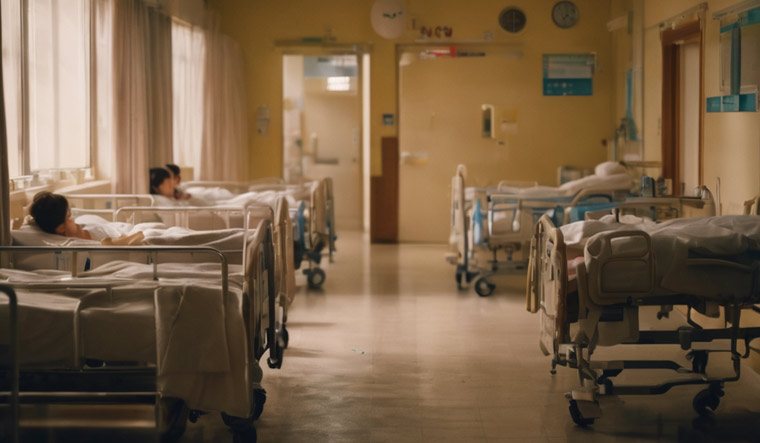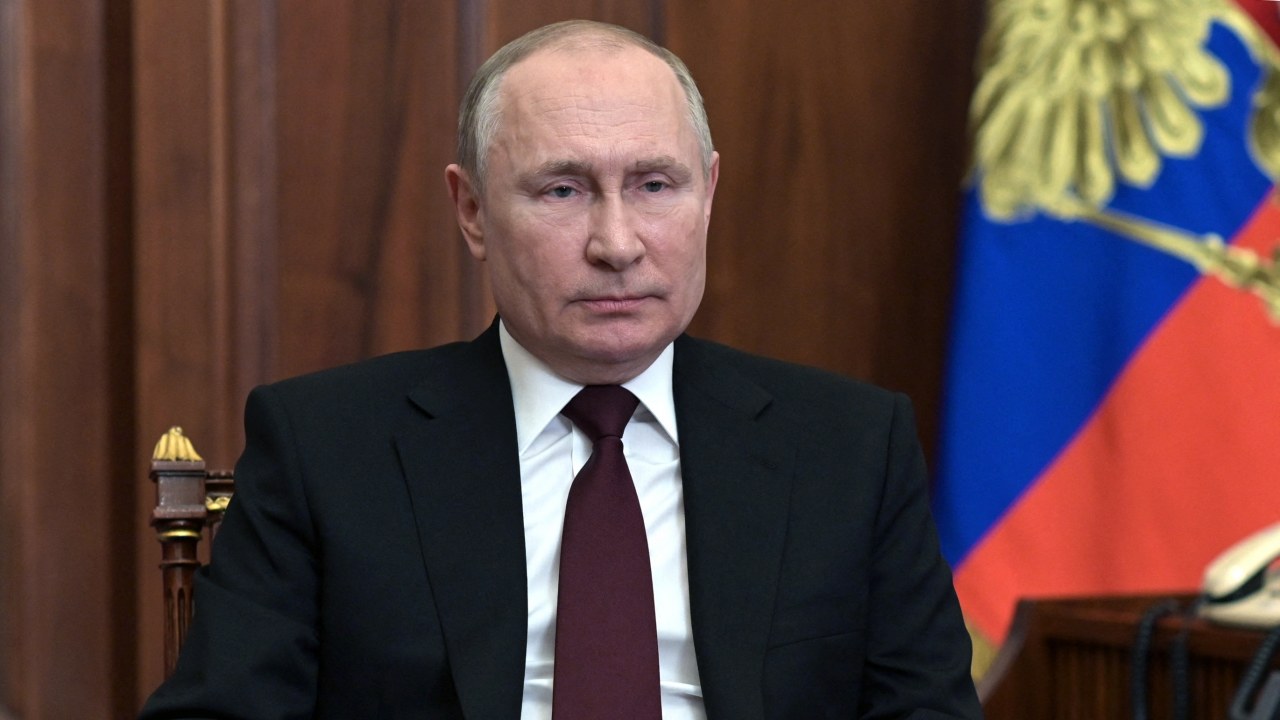
Due to the severity of the outbreak in China, several schools have had to suspend classes while teachers and kids recover from illnesses, which is a circumstance that is strikingly similar to the early stages of the COVID-19 pandemic.
China is currently dealing with a second health disaster, including children, after dealing with the fallout from the COVID-19 pandemic. An unexplained pneumonia outbreak that has swept through Chinese classrooms has overwhelmed hospitals and caused grave concern among international health experts.
The outbreak’s epicenters are in the provinces of Liaoning and Beijing, where hospitals are overflowing with ill kids displaying symptoms similar to pneumonia. Due to the seriousness of the issue, both instructors and pupils have become ill, which has led to the suspension of classes in several schools, reminiscent of the early stages of the COVID-19 outbreak.
Children who are affected have a high temperature and lung inflammation, which are different from the symptoms of pneumonia because there isn’t a cough. These symptoms remind one of the flu or illnesses caused by respiratory viruses like RSV.
A Beijing resident told the Taiwanese news outlet FTV News, “There are a lot of hospitalized children. They have no symptoms and don’t cough. They just have a high temperature, and many develop pulmonary nodules.”
There have been an increase in cases, but no deaths have been reported as of yet. During the National Day vacation in early October, hospitals all around China saw a sharp increase in instances of pneumonia that went undetected.
An alert on children’s undetected pneumonia was released on Tuesday by the global illness surveillance network ProMed. While the exact source of the outbreak is yet unknown, the quick spread among children points to a possible connection with school settings, even though adults don’t seem to be impacted.

An American epidemiologist named Eric Feigl-Ding posted a video showing Chinese citizens using face masks in reaction to the pneumonia pandemic.
Experts in medicine surmise that mycoplasma pneumoniae, also referred to as “walking pneumonia,” is the source of the outbreak. This bacterial illness usually affects younger children. Hospitalization may result from severe cases of the pathogen, even though moderate infections are the usual outcome.
The World Health Organization (WHO) has contacted China to request information about the rising incidence of respiratory infections and pediatric pneumonia clusters that have been recorded. Classifying the situation as a “routine” review, the WHO office in China asked for data on patterns in the spread of known infections, such as influenza, SARS-CoV-2, RSV, and mycoplasma pneumoniae.
At a news briefing on November 13, Chinese officials from the National Health Commission revealed a rise in the incidence of respiratory illnesses. According to Reuters, the spike was ascribed by the authorities to the relaxation of COVID-19 limitations and the spread of recognized infections, such as the COVID-19 virus, mycoplasma pneumoniae, influenza, and respiratory syncytial virus.











































































































































































































































































































































































































































































































































































































































































































































































































